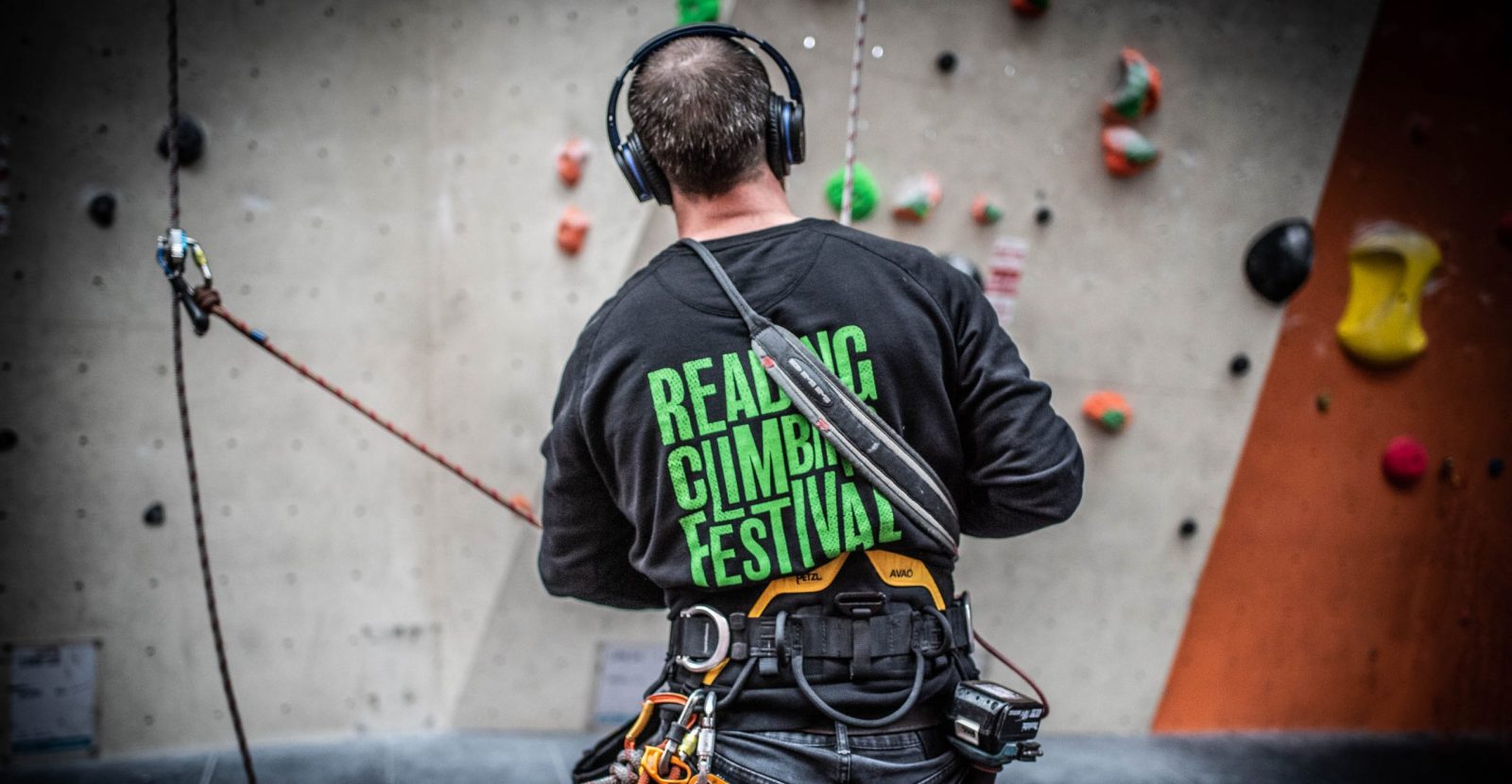This is my second year of route setting for competitions, with the finals of the Elevate 2020 competition wrapping up the last day of the reading climbing festival. The day of the competition can be a roller-coaster of emotions, from feeling relaxed to a bag full of nerves. This may sound unappealing but it has resulted in some of the best setting days I have ever had the privilege of being a part of. Seeing competitors give it their all on the routes that you have created puts the biggest smile on my face.
The process of setting for comps is a completely different animal in comparison to regular commercial gym setting. You have one chance to put up a route that works perfectly for a wide variety of body types. You can’t watch a competitor on it and then adjust it so you are happy with it. Routes not only have to be set with good sequences, which challenge the competitors to execute, but also look visually appealing and provide a good show for spectators.
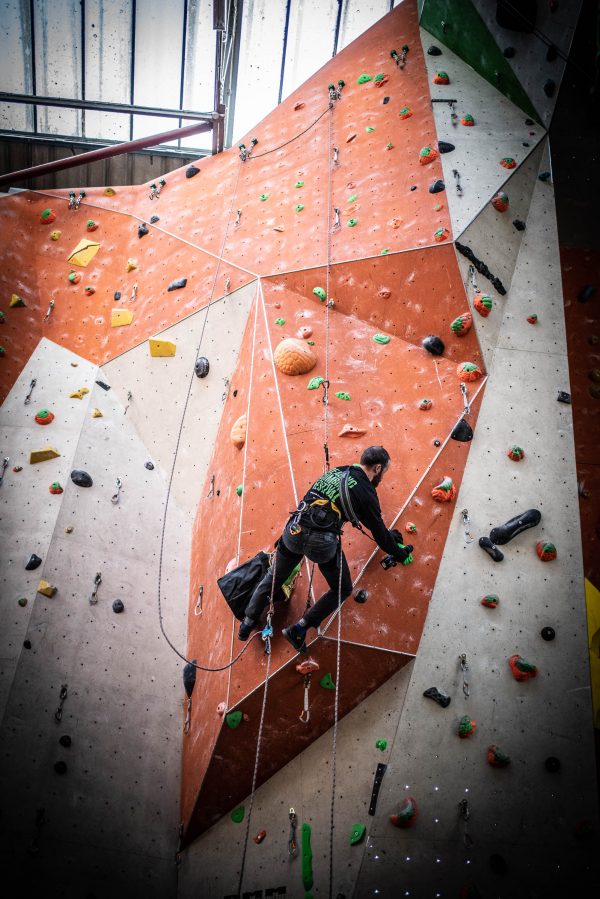
The process starts by looking at who might turn up to the comp. This gives you an idea of how hard the routes need to be for each category. The ideal final route will have one top with the rest of the competitors falling at various stages before. These routes should get progressively more challenging the further you progress. This doesn’t mean the sequences need to be physically harder, as the route needs to be potentially flashed by a competitor, instead the art is to either out smart or pump out the climber.
The testing process is a team effort and the opinions of the team are used to adjust the route to best fit the brief. Having a variety of climbers is important as someone with different strengths and climbing style may be able to use their body in a way to exploit a weakness in the sequence.
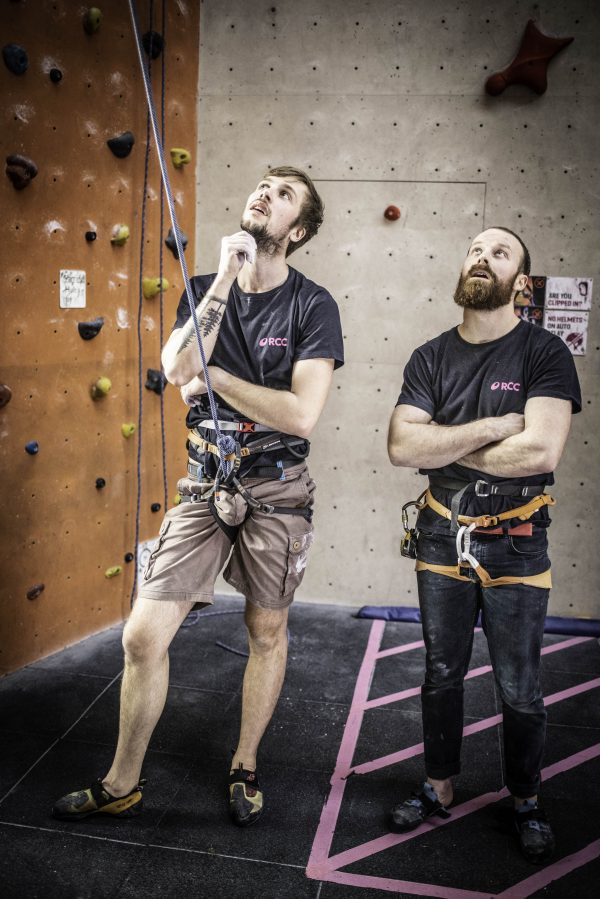
This may not be the final adjustments that are made to the routes as the qualification round may show that the finals routes are too easy or hard. Having options for each is important, as you may not have the time or the opportunity to properly test sequences on the day.
This year I set the junior female and male finals routes, which turned out to be more challenging to set. Having to set for a field of strong young climbers, whilst also making sure that no sequence on the route was height or span dependent was a new challenge.
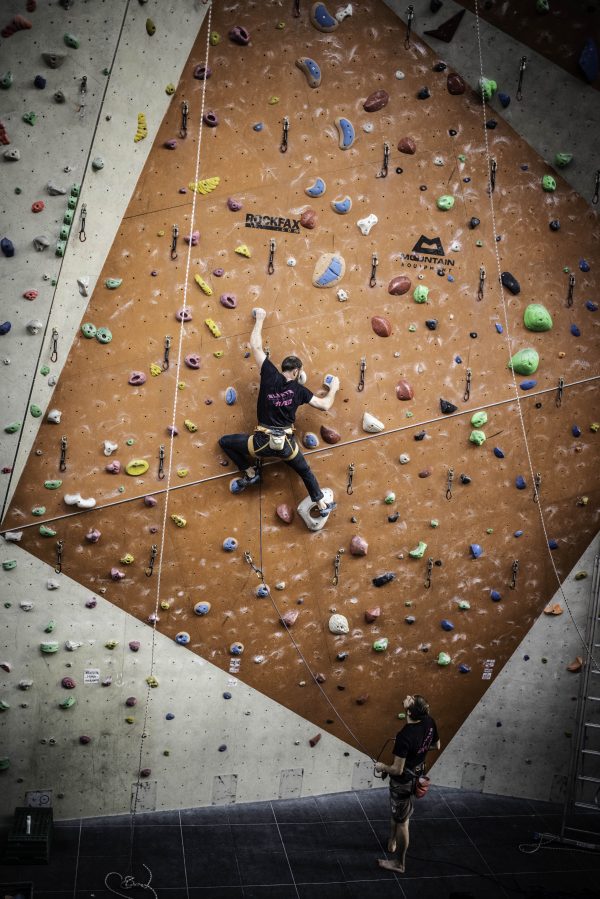
The girls performed really well with many of the field topping the route. Although this is not ideal it was amazing to see the future of the sport competing at such a high level. The boys route was as perfect as I could have hoped, with one top and the rest of the field falling at various points.
I believe with a few minor adjustments to the girls route, I could have achieved a similar result to the boys; hindsight is always 20-20. Overall, I’m happy that I set some really good routes and have gained valuable experience to take onto the next competition.
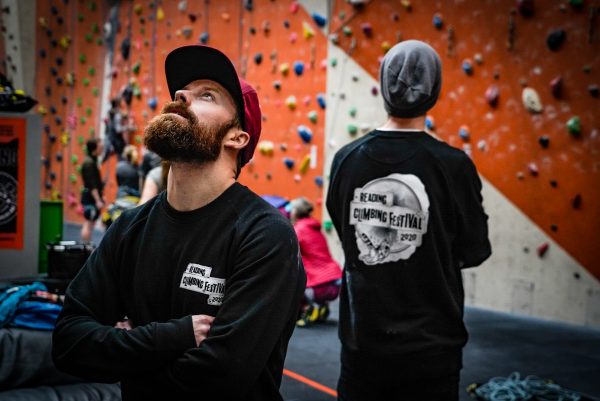
Blog by DC (aka Daniel Clayton) RCC Route Setter & Coach
